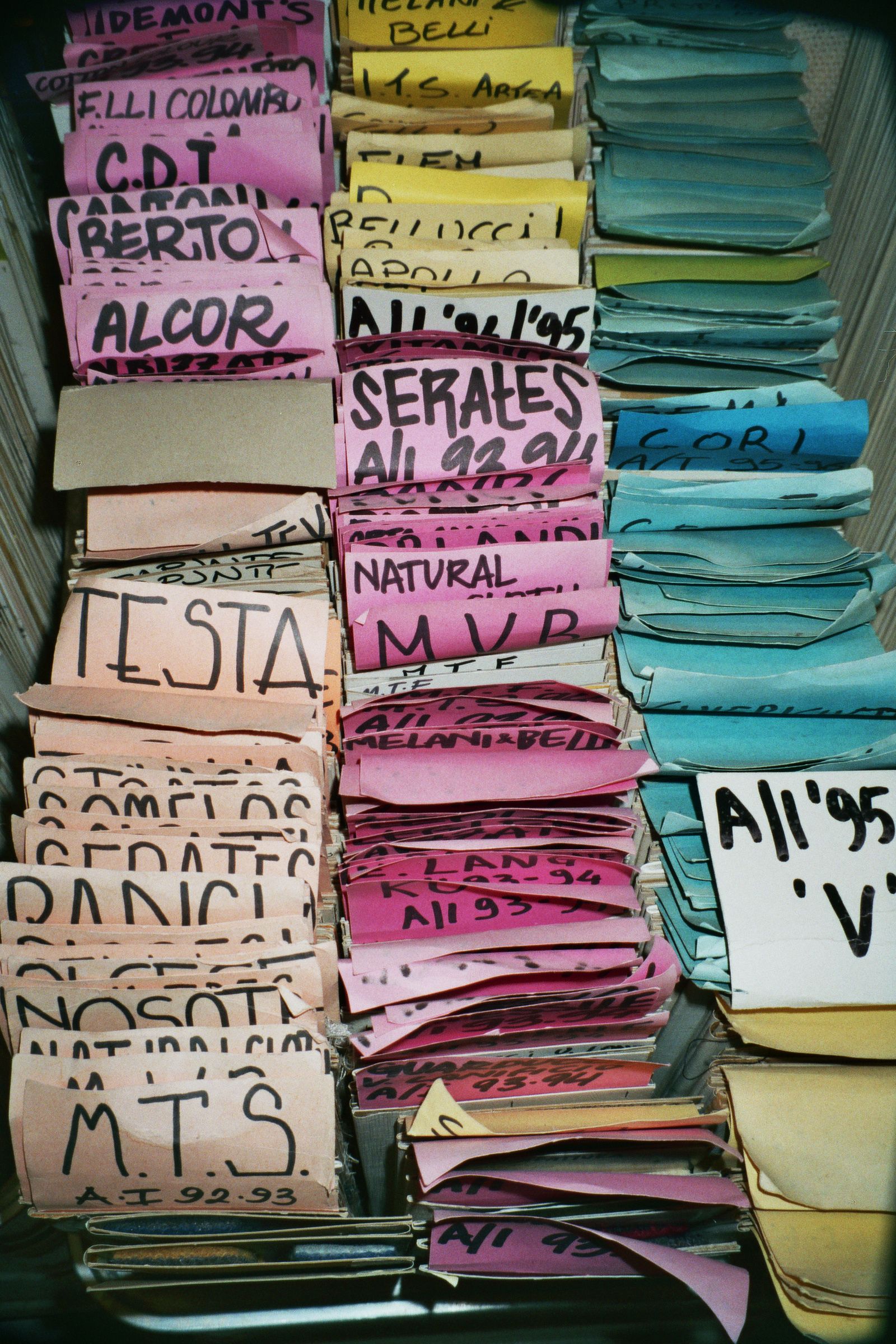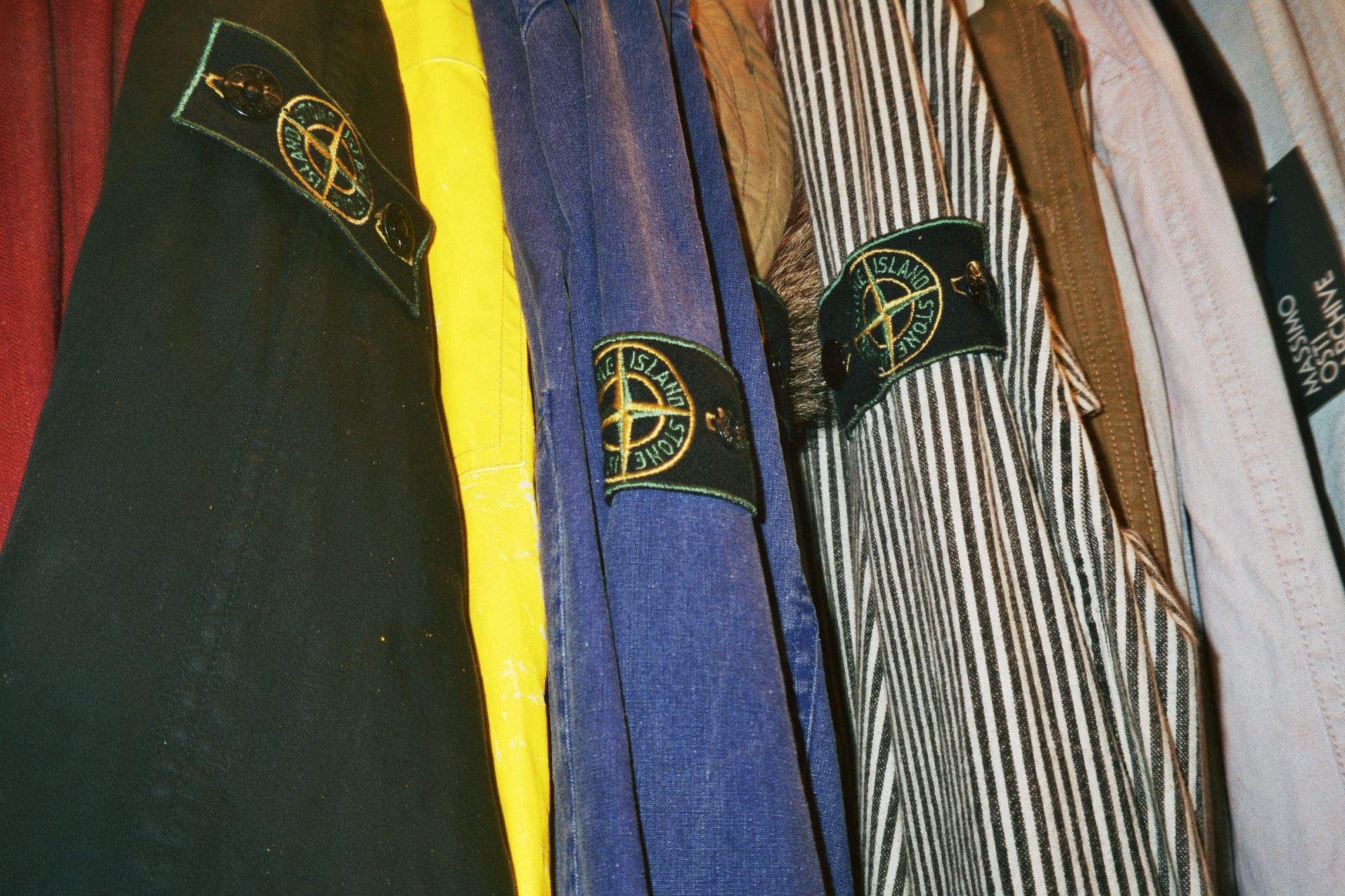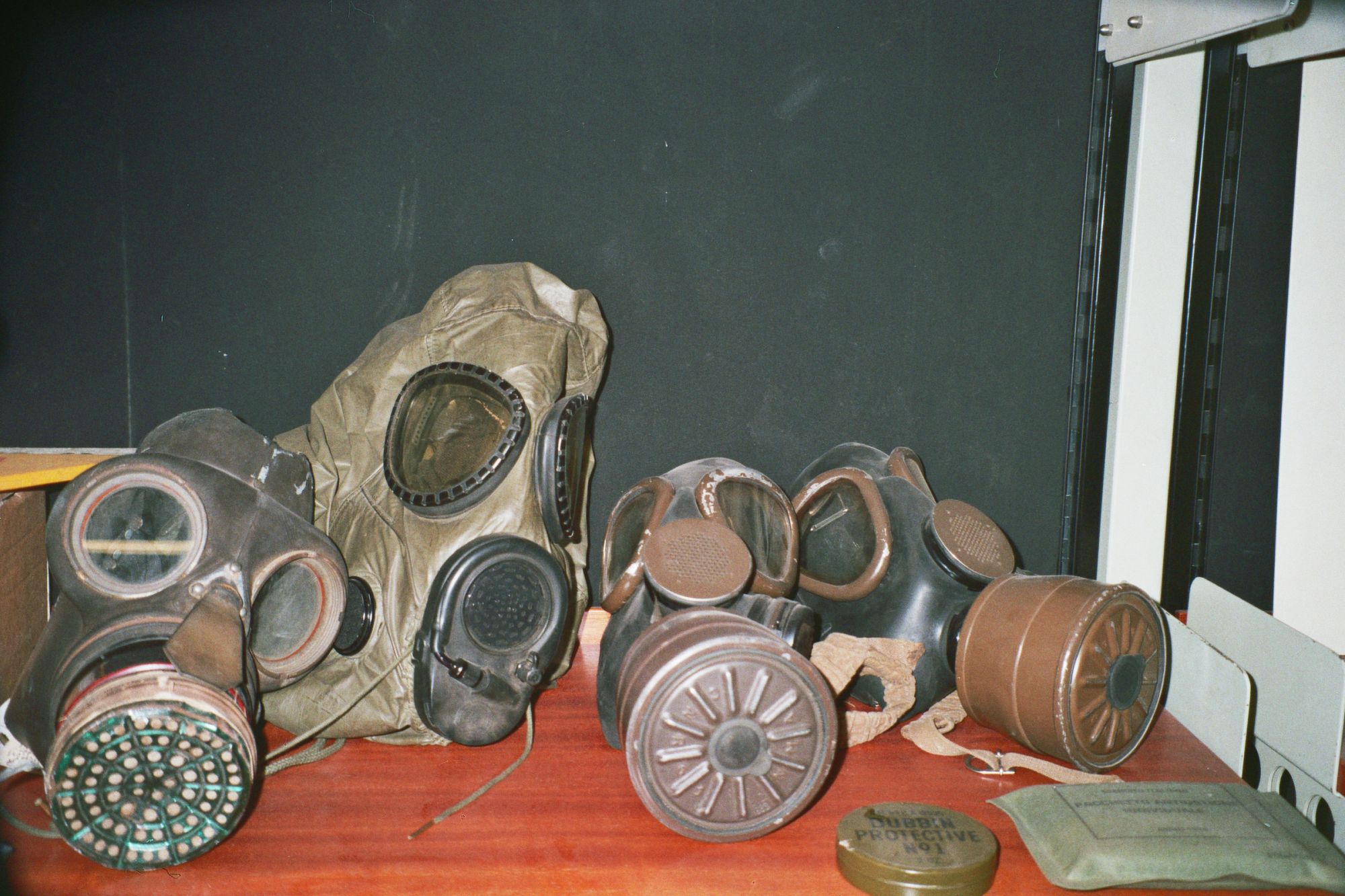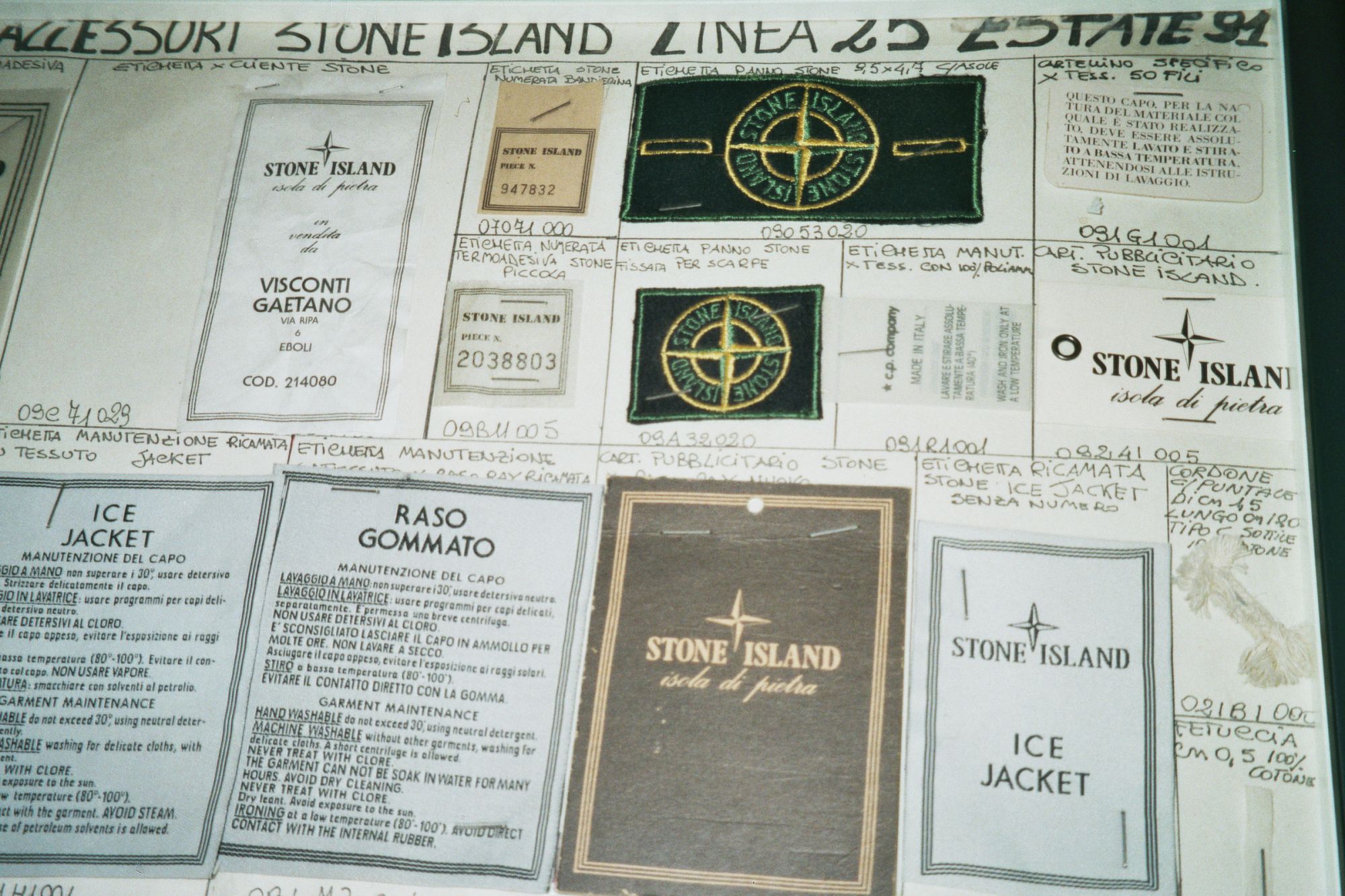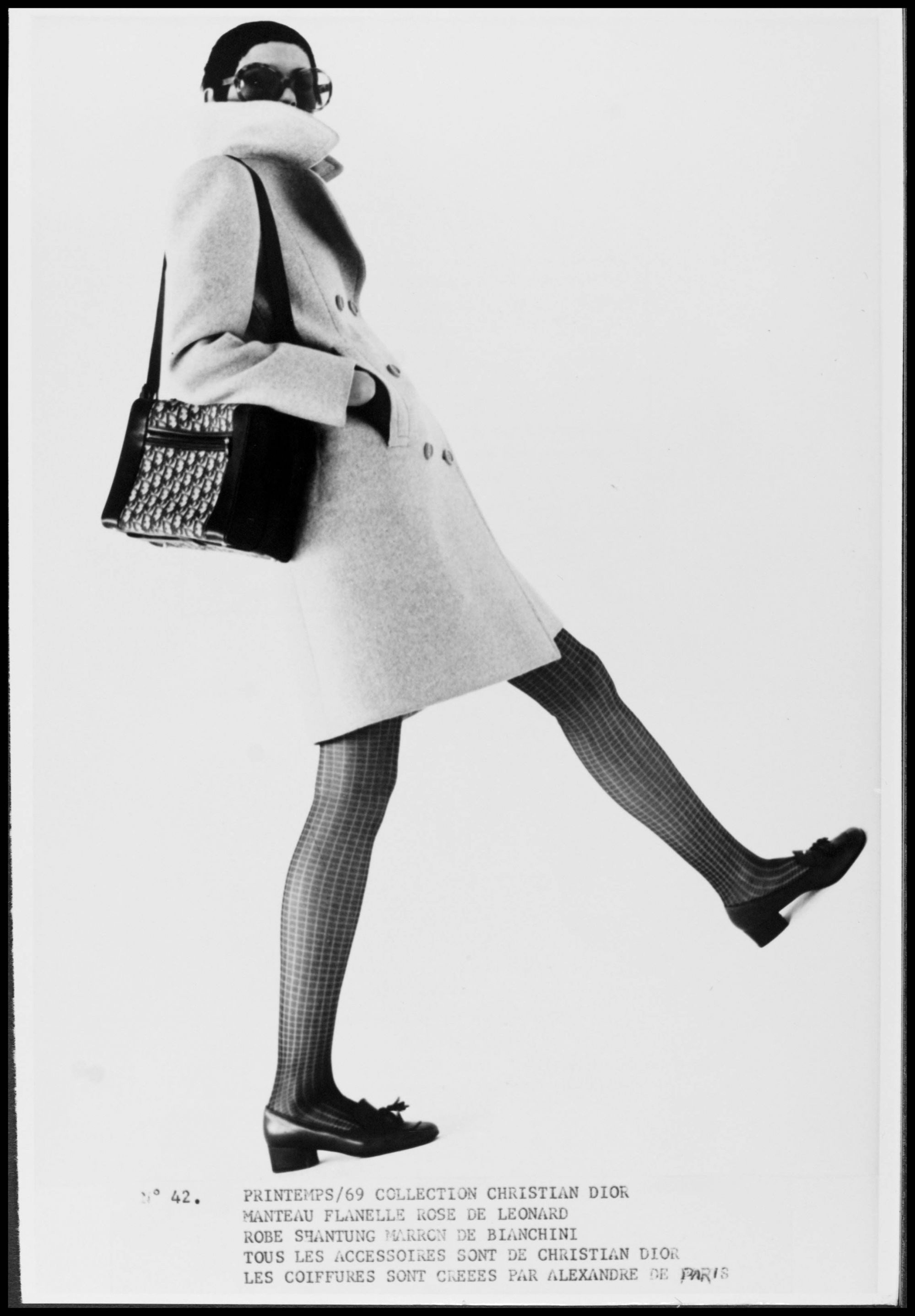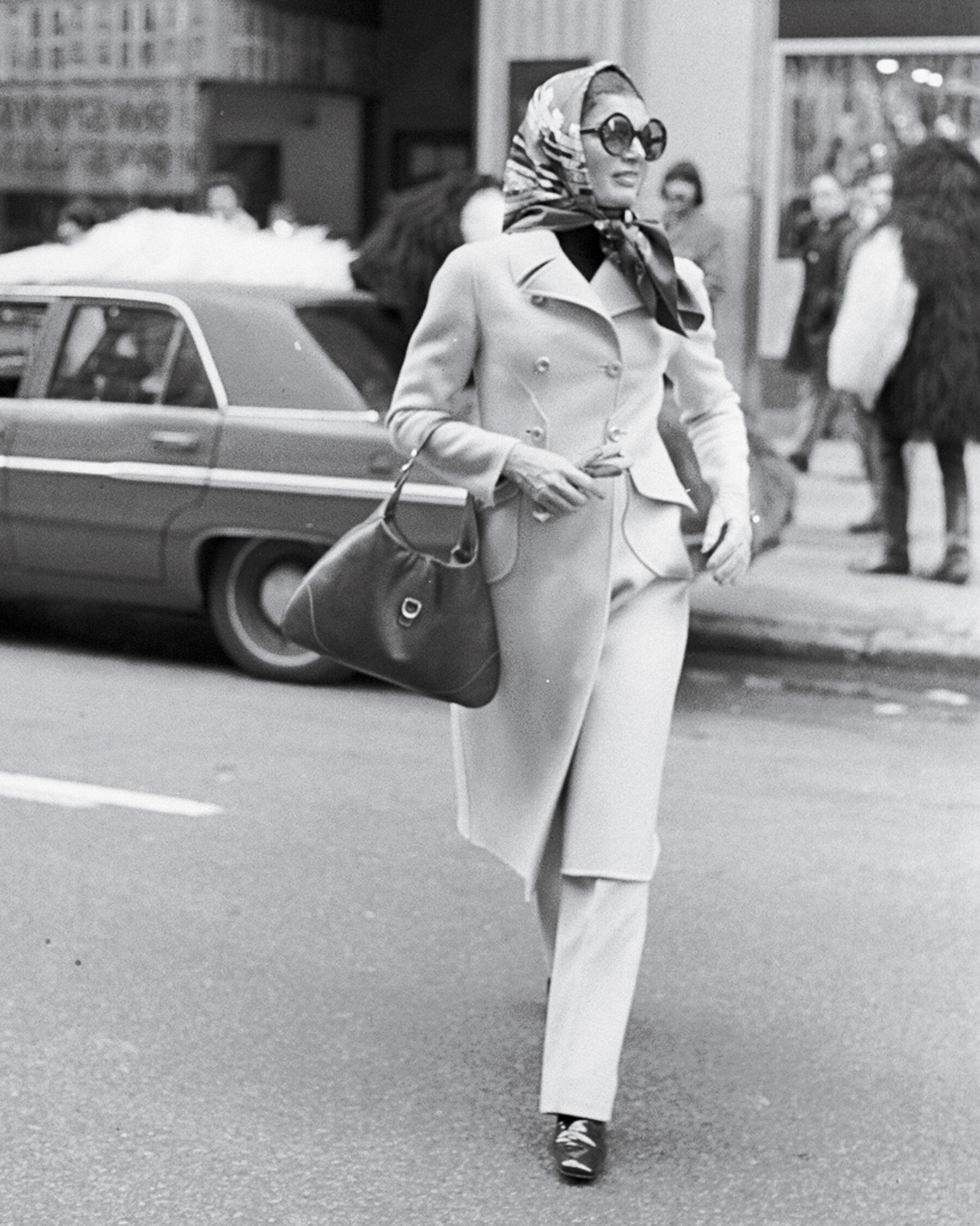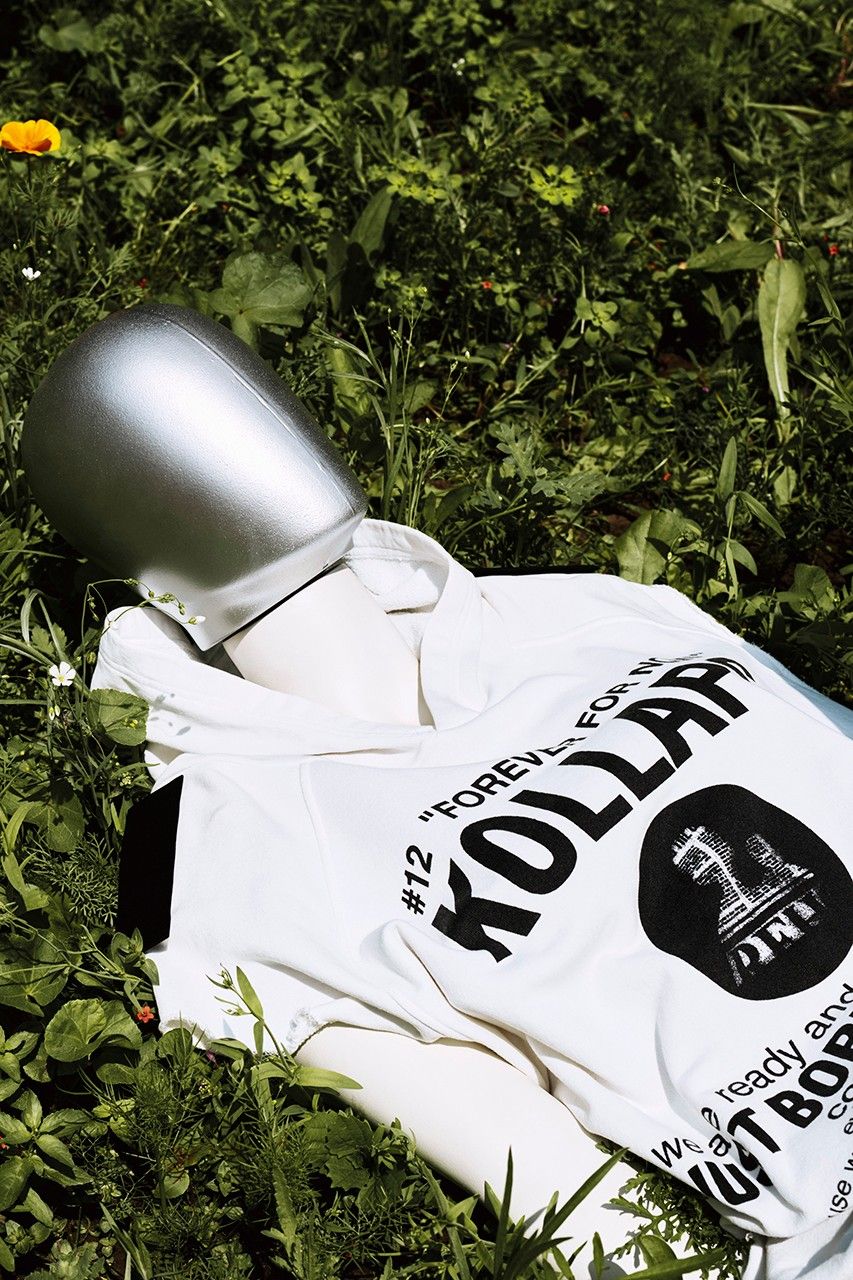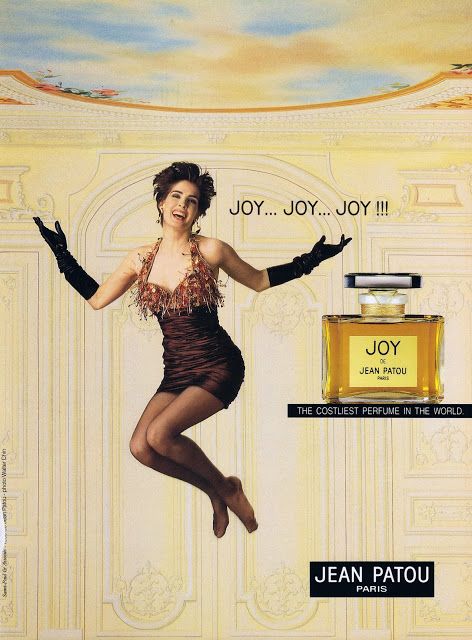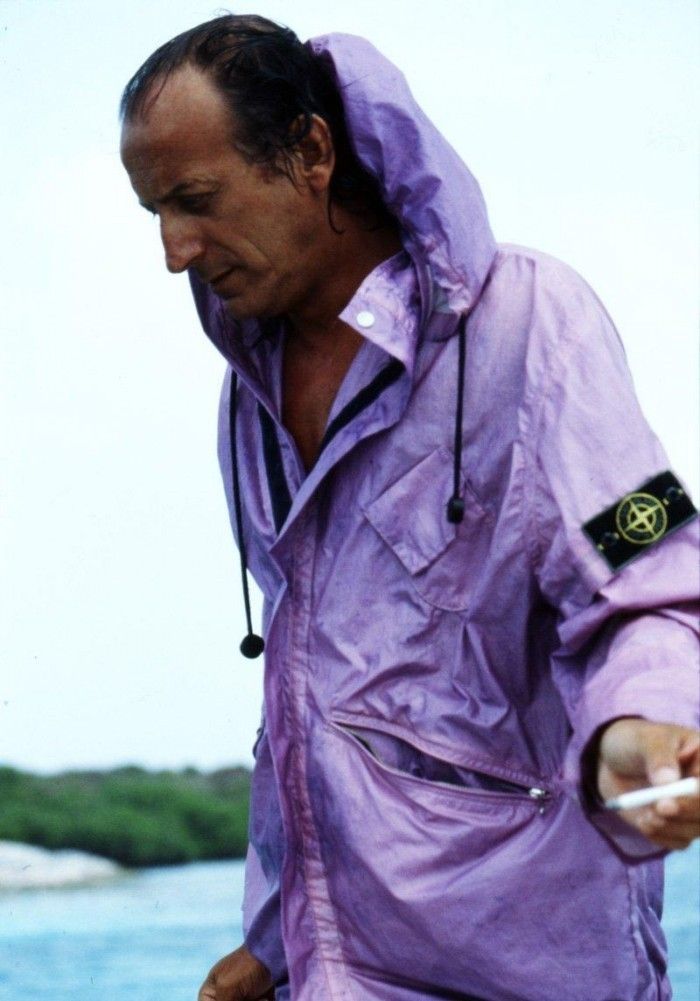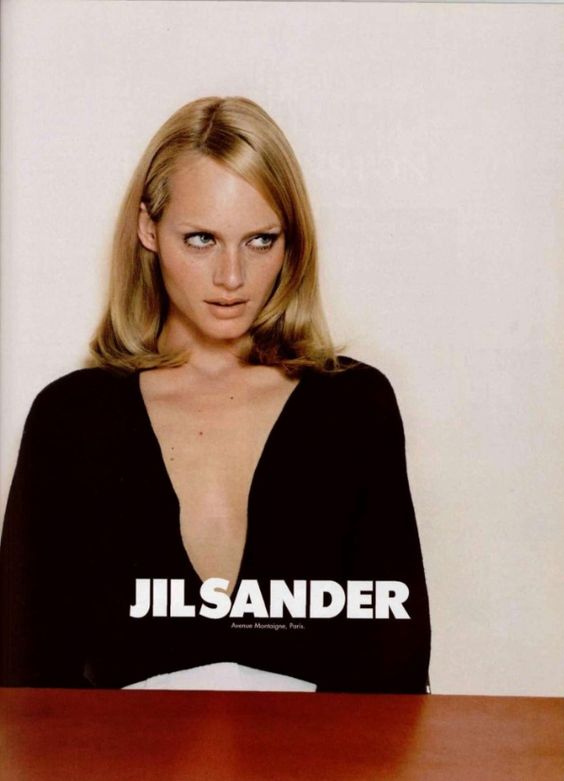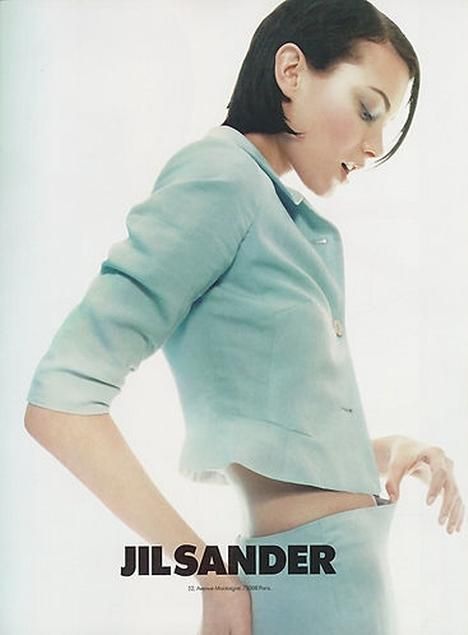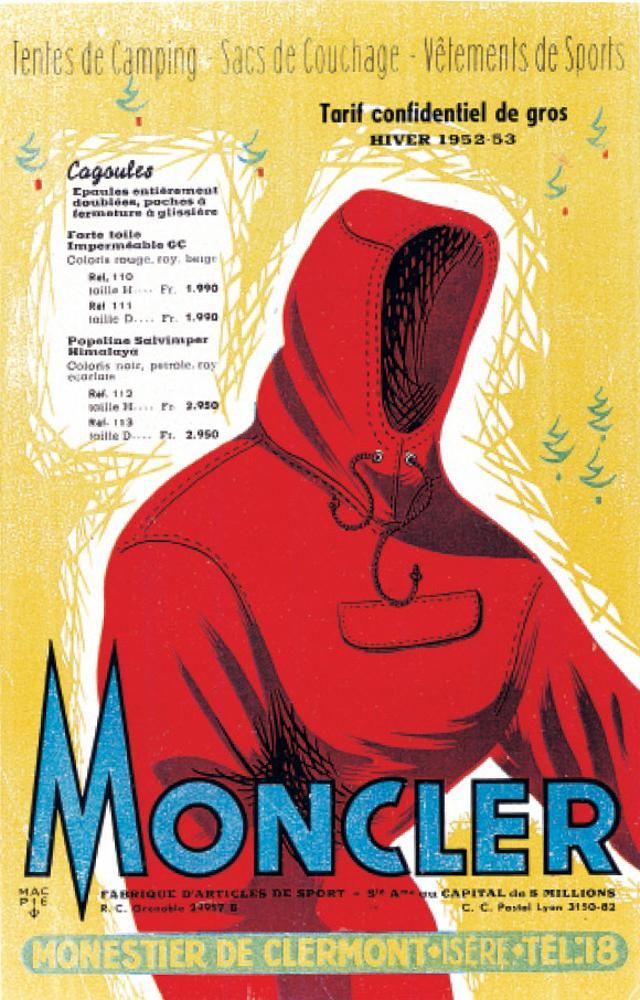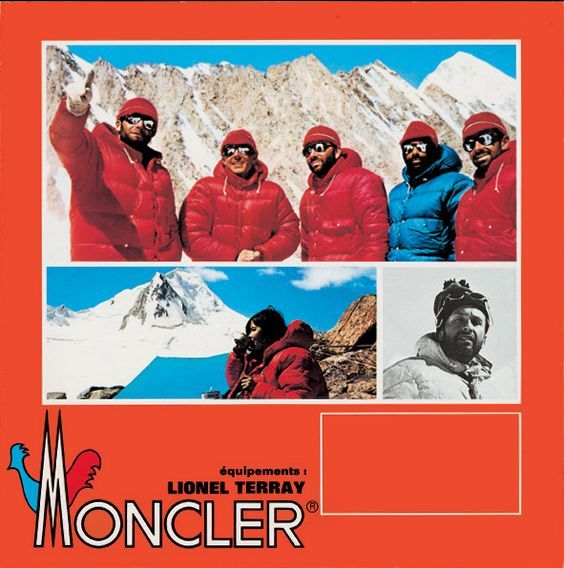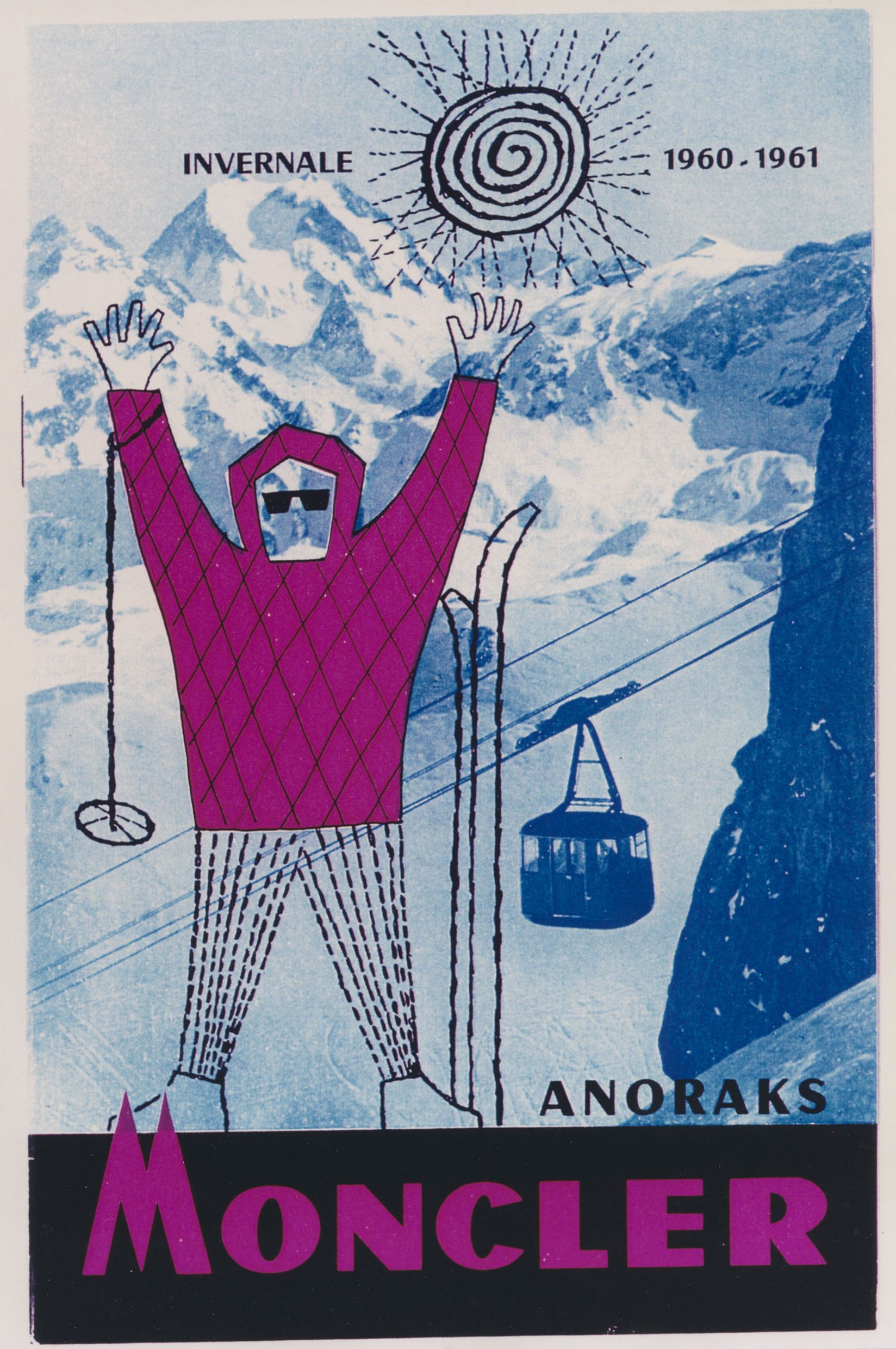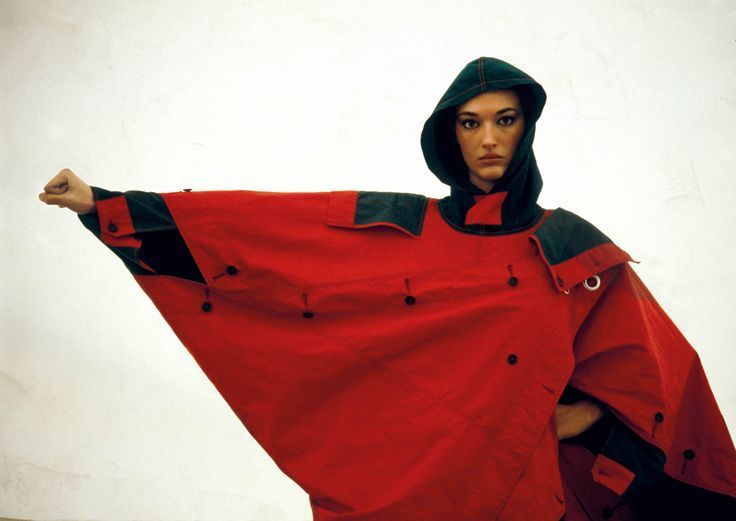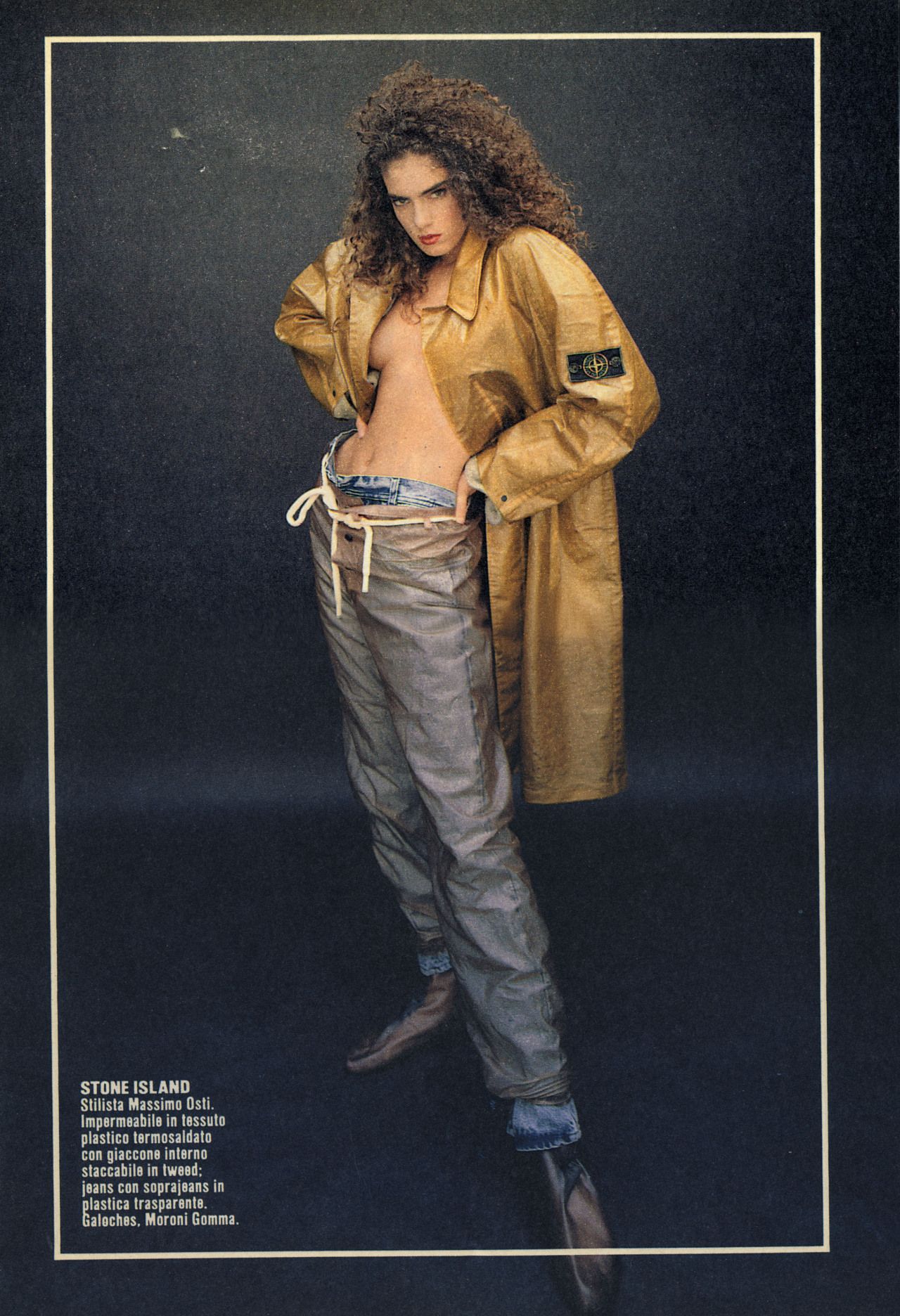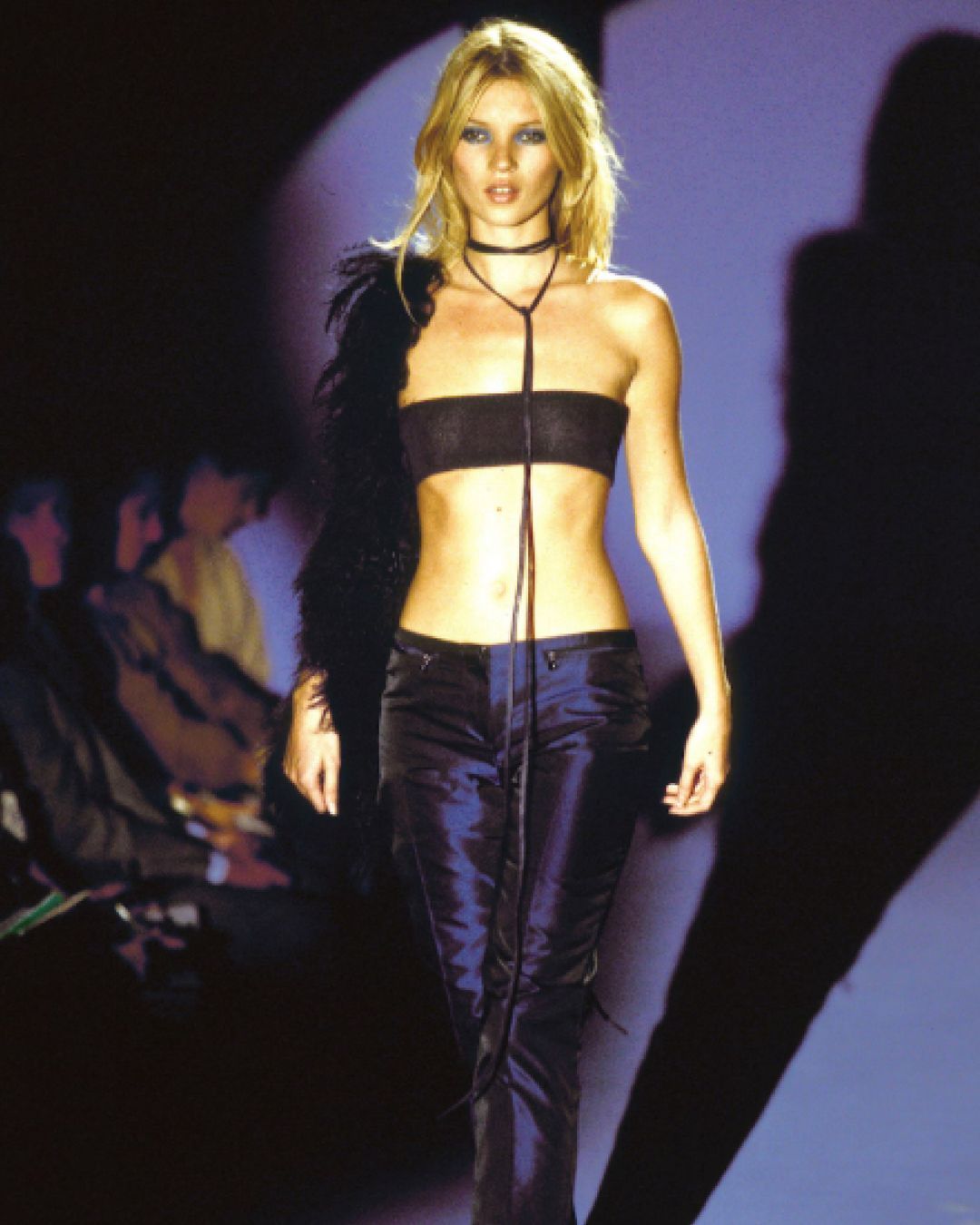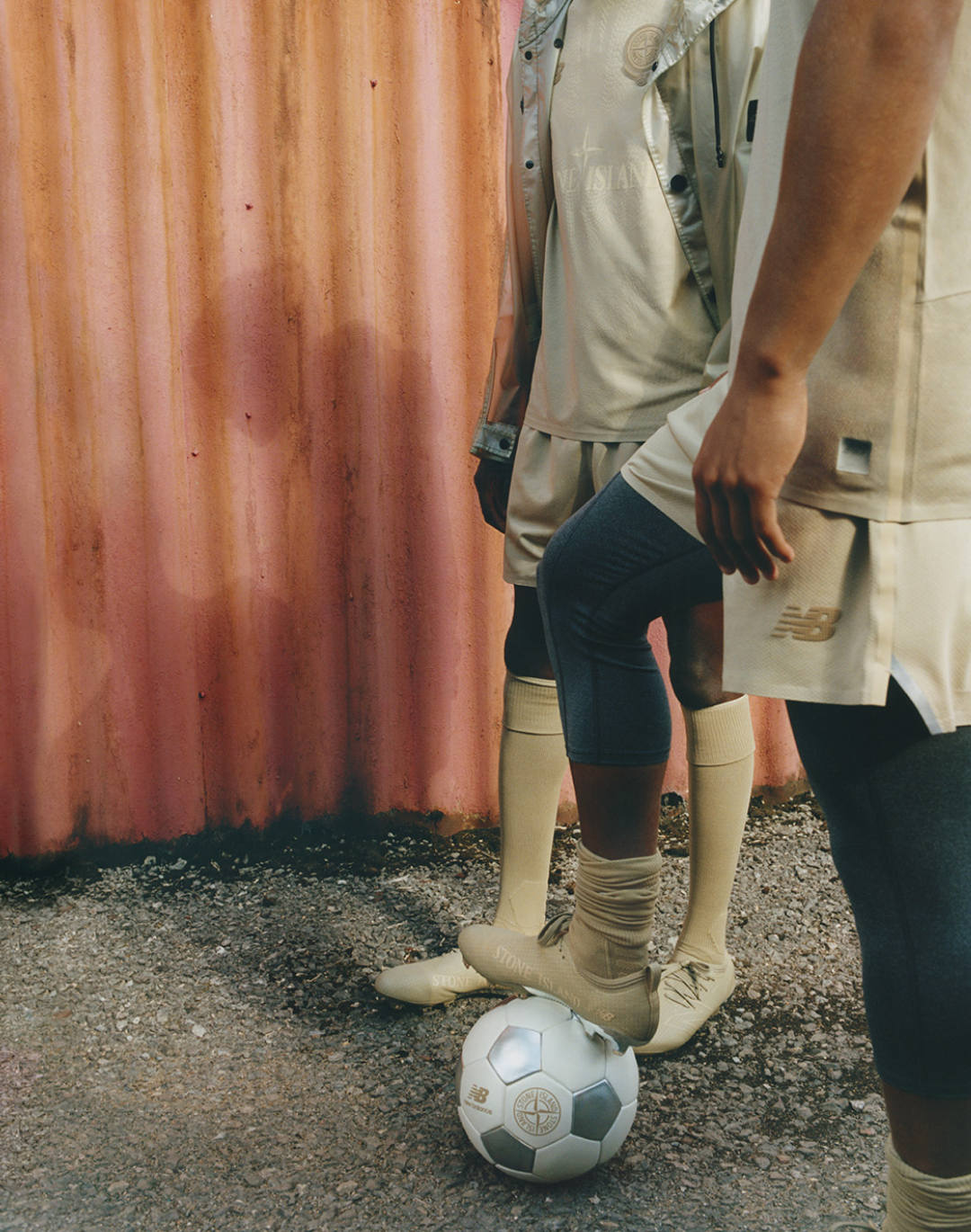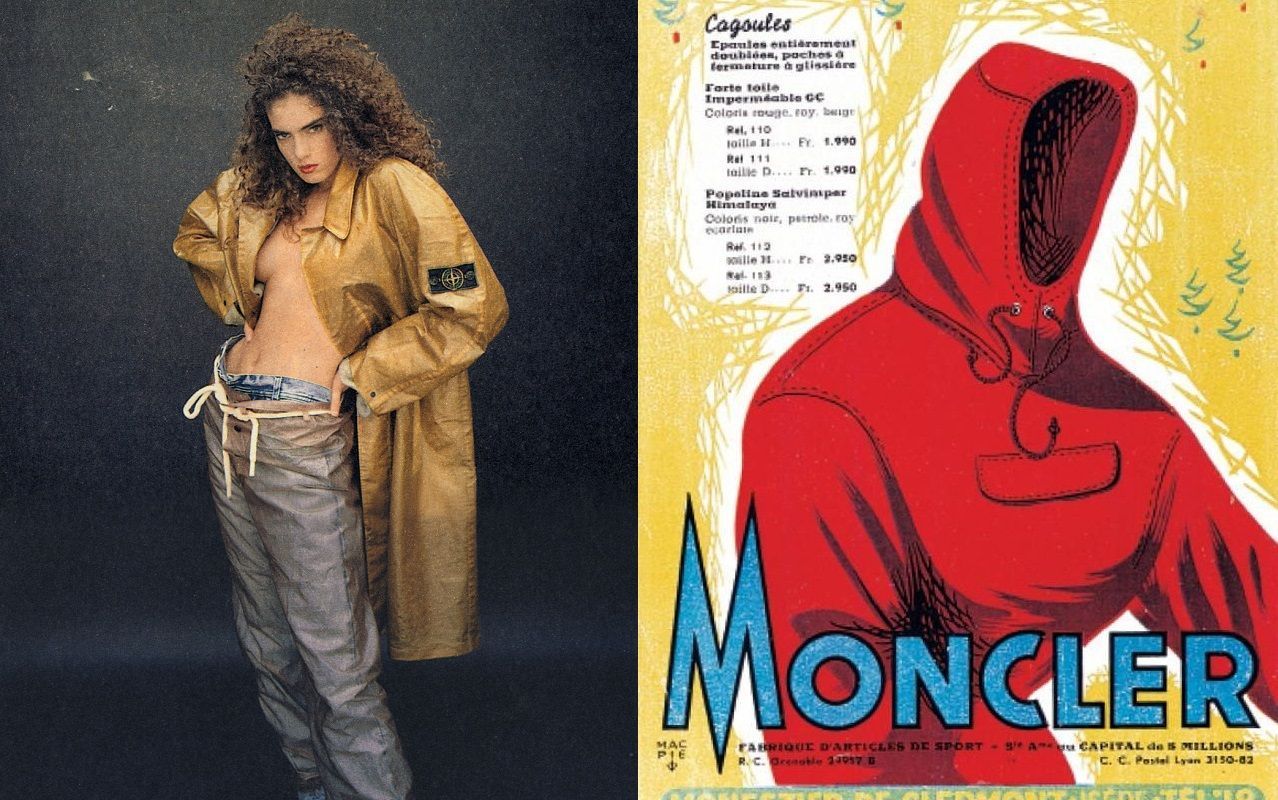
Why archives are the greatest assets for brands The new main asset in the trend of large conglomerates
First, it was Tiffany&Co., bought with difficulty by LVMH, and Supreme, who joined VF Corp after decades of independence. Then there was Stone Island, acquired by Moncler in a surprise move. Finally, rumours began to circulate about the OTB group and Jil Sander that presage a future acquisition of the brand by Renzo Rosso. Towards the end of 2020, more and more historical brands still independent prefer to combine with some conglomerate, following the adage that says: "No one wins alone".
In the acquisition of a brand, there are many factors that contribute to determining its value. Among them are market positioning and commercial performance but there is a third factor that is not only as relevant as the first two, but that during 2021 if the acquisition policy continues, it will prove to be increasingly valuable. It's the archive of a brand – that mass of trademarks, models, samples, researches, sketches, prints and design that constitutes the genetic heritage of every fashion house.
To understand all the commercial importance of the archive, it is necessary to tell an episode often left out that concerns precisely a "deceased" brand that has been acquired for its archive: Patou. Founded in 1914 as Jean Patou Paris, this fashion brand had enjoyed great fame in the middle of the last century, going down in relevance until it closed permanently in 1996. In those almost eighty years of activity, the brand's archive had come to contain haute couture, ready-to-wear, perfume lines and accessories. A heritage on which, nineteen years and two changes of owner later, LVMH its eyes, who then acquired it, among other reasons, because among the trademarks of the brand there was a famous perfume called "Joy" - a name that Dior intended to use (as it later did) for one of its best-selling perfumes. Two years ago the brand was given a new creative director and, at the moment, remains active but far from the orbit of luxury fashion in which all the other brands of LVMH instead rotate. All its value is not concentrated in sales (you can always relaunch the brand later) but in its archive, whose materials are now available to the group.
On the other hand, there are more frequent episodes of brands that exploit the strength of their archive: Raf Simons who makes a re-issue of 100 items among the most famous in his archive, in practice a small side collection that was already designed and designed; Kim Jones using Dior's Oblique motif, produced in 1967, accompanying it to John Galliano's Saddle Bag, turning it into one of the most cult men's accessories of recent years; the incredible success of all the reincarnations of Gucci's Jackie Bag, which has remained substantially unchanged in recent years, but reinvented both by Alessandro Michele and Frida Giannini before him; Ralph Lauren that fishes in his 90s designs for his sportswear capsule with MyTheresa.
But why should the value of the archive increase, already consider its centrality? Two reasons: the first is the birth of a digital movement called archival fashion, that is, a new ecosystem of social pages, showrooms, Instagram archives and personalities of the scene that have revived, in the internet talk, the appreciation and meticulous knowledge of the archives of the most important fashion brands; on the other hand, the new love of vintage that seems to have developed in the public in recent years, which speaks to both the issues of the democratic nature of fashion and those of sustainability, but which above all indicates to brands which have been in the past, and which will certainly be in the future, the winning cards to be played with the public.













































